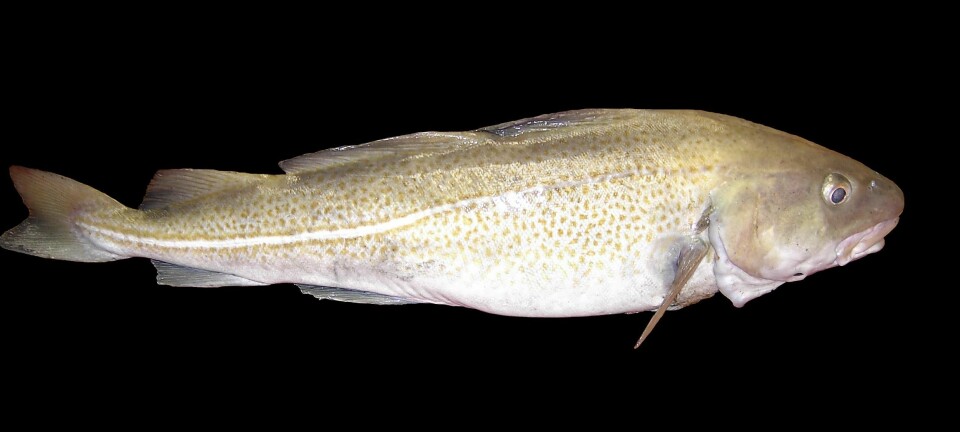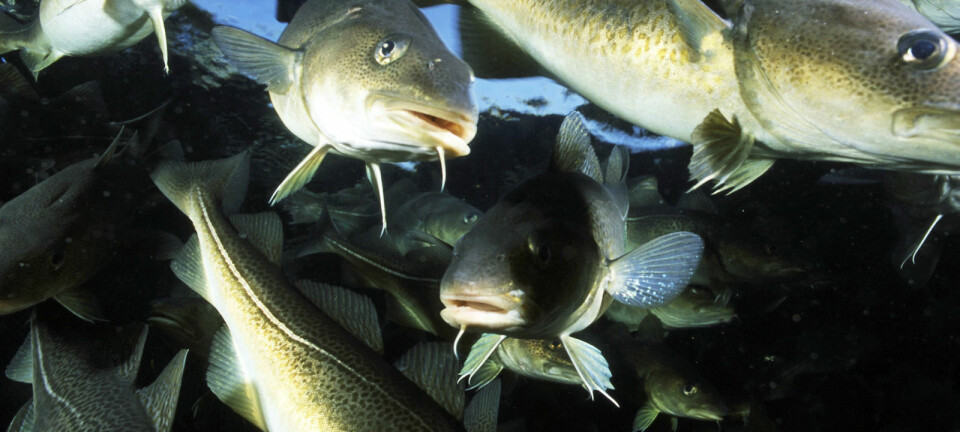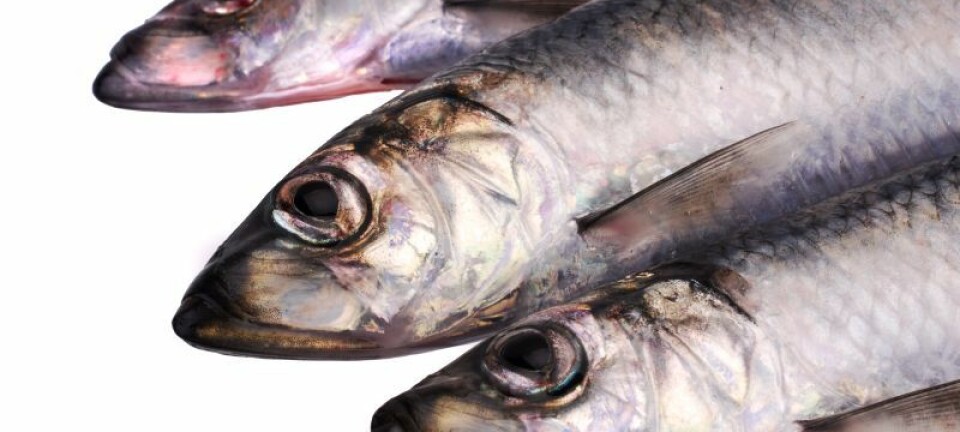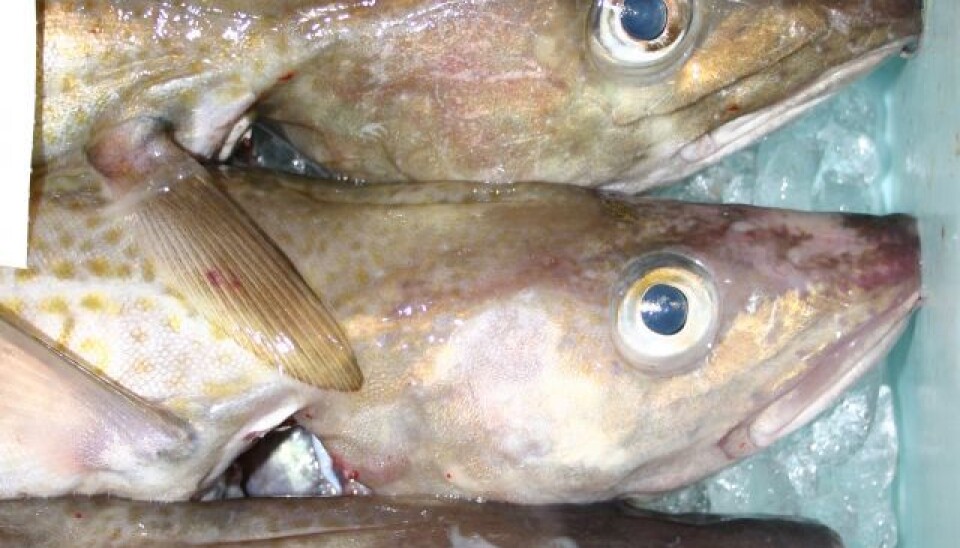
Bad news for greedy fishermen
New research in fish genetics makes it possible to determine the exact origin of any particular fish. This could make life difficult for fishermen who cannot stay away from endangered species.
Authorities deal with overfishing by enforcing fishing quotas. This ensures a sustainable form of fishery that targets fish stocks that can handle the pressure, while going easy on the more vulnerable stocks.
Up to now it has been a great challenge to control whether fishermen actually stick to the ‘right’ fish stocks.
It’s hard to spot with the naked eye whether for instance a cod is part of a vulnerable population which the authorities are protecting with low quotas, or whether it’s from a stock in a region where there is plenty to choose from.
DNA reveals the ancestry of the fish
New research will now make it easier to protect vulnerable species from overfishing, according to Professor Einar Nielsen of DTU Aqua at Denmark’s Technical University, who co-authored a fish DNA study, which has just been published in Nature Communications.
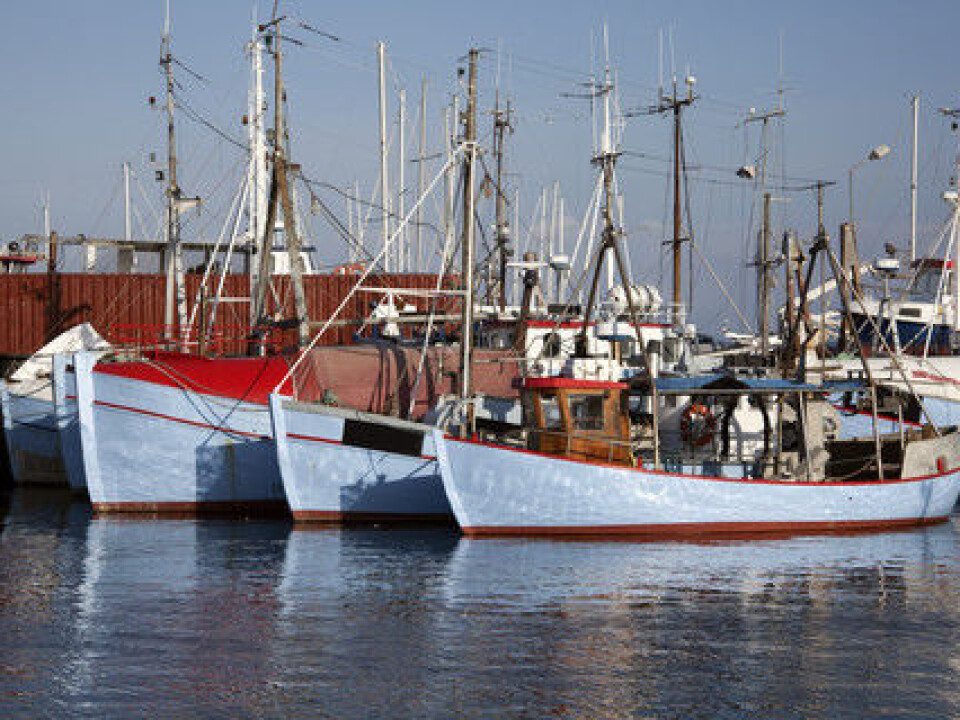
“The fishery controls are very interested in finding a method to trace the ancestry of the fish,” he says. “With our method it’s now possible to take an individual fish and determine its population of origin.”
Focus on the relevant genes
Until recently it’s been difficult to spot the difference between fish within the same species, due to the similarity of their DNA.
“But instead of studying the entire DNA, we have developed a method where we go in and study exactly the part of the DNA where there is most genetic ‘action’,” says Nielsen.
Using humans as an analogy, he explains that in order to find out why people have different skin colours, it makes good sense to narrow down the focus and study the part of the genome that deals with pigments.
With our method it’s now possible to take an individual fish and determine its population of origin.
The same applies to differences in Atlantic cod, European hake, Atlantic herring and common sole, which are the four species covered in the study.
The idea is to focus on the part of the fish’s DNA where the difference among the stocks is the greatest, and it is this exact part of the DNA that the new study has identified.
Genes reveal where fish origin
Fish genes adapt to their geographical environment. And it’s now possible to determine with unprecedented high levels of precision where one cod or the other comes from.
Armed with this new DNA toolbox, fishery authorities can now sail out to suspicious-looking fishing boats to ensure that fishermen do not catch fish from vulnerable stocks.
In our research we only studied the fish that fisheries authorities are most interested in. However, our method can of course be extended to cover a wide variety of other fish species, animals and organisms in general.
This means that the net will be tightened around the black sheep among the fishermen, rather than around the endangered fish stocks.
If, for example, a fisherman has his boat full of endangered North Sea cod, he can no longer claim that his load consists of the less vulnerable Baltic Sea cod.
A sigh of relief for undersized fish
Another benefit of the new study, according to Nielsen, is that it’s now easier to ensure that fishermen stay away from small fish.
In the Eastern Atlantic, the minimum size for hake is 20 cm, but in the Mediterranean, it’s 25 cm.
Some fishermen get away with catching small Atlantic hake by sending them for sale down to the Mediterranean area, where they meet the minimum size requirements.
With the new method, however, fishery controls can see whether the 23 cm long hake on sale down by the Mediterranean actually comes from the Eastern Atlantic.
Nielsen sees great perspectives in the new method:
“In our research we only studied the fish that fisheries authorities are most interested in. However, our method can of course be extended to cover a wide variety of other fish species, animals and organisms in general,” he says.
“If we study the right genes, we can in principle see whether a beech comes from France or from Denmark.”
--------------------------------
Read this article in Danish at videnskab.dk
Translated by: Dann Vinther
